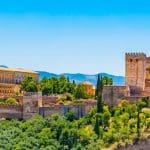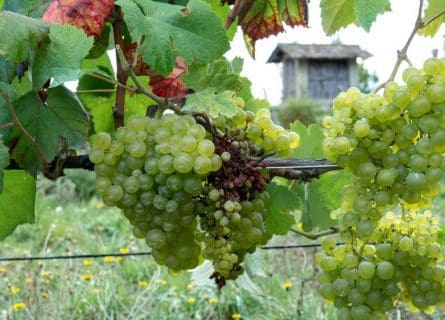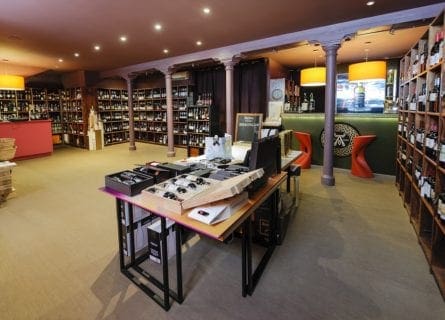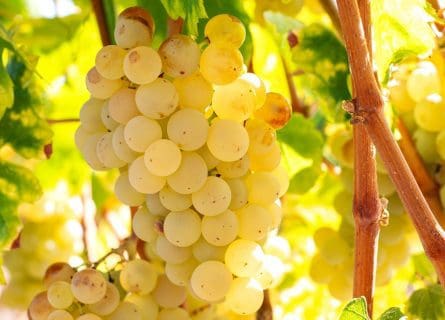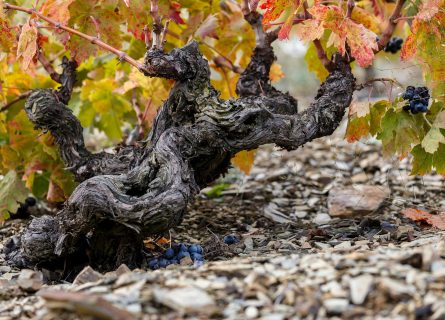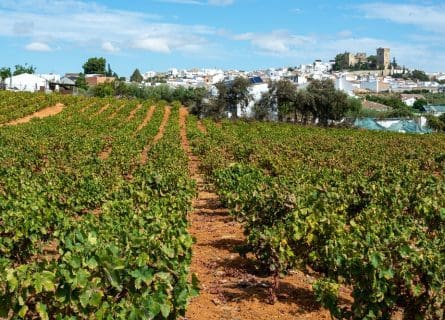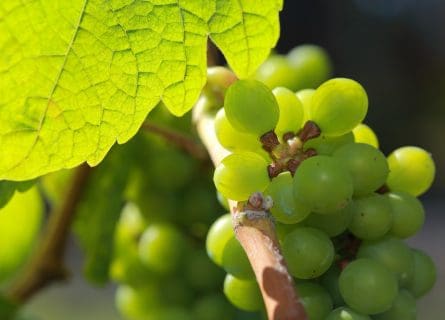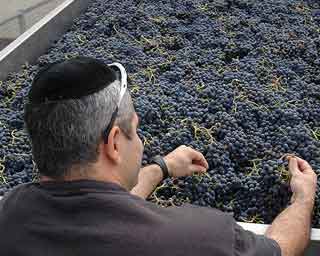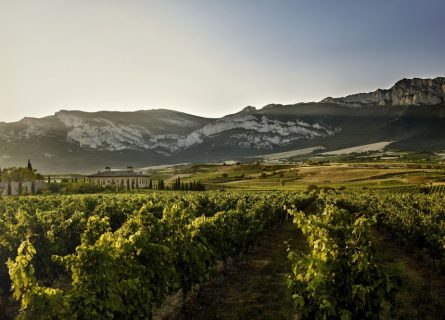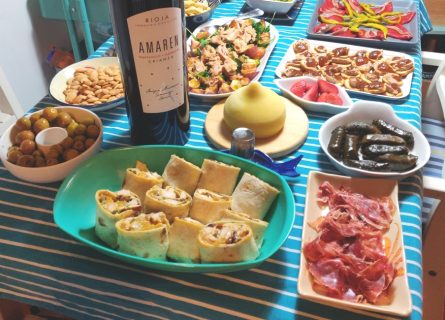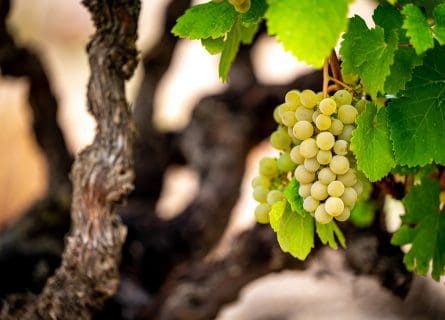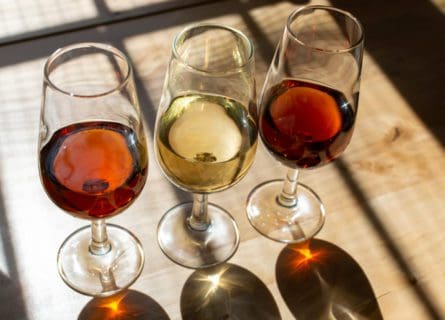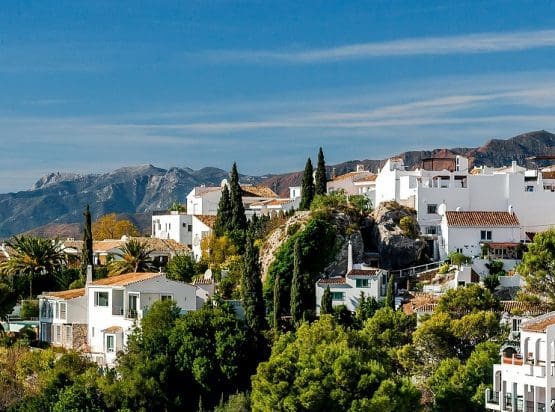
Ronda Travel Guide
Discover Ronda: Where the beauty of Andalusia meets delicious gastronomy
Andalucía (Andalusia) is undoubtedly one of Spain’s most varied, enchanting, and captivating. It is often where first-time visitors to this extraordinary country decide to begin their travels. Of course, many beautiful cities vie for your attention, but if we had a favorite, it would have to be one of Spain’s most spectacularly located cities – Ronda. The town sits on a massive rocky outcrop straddling the 100-meter-deep El Tajo gorge amid the beautiful Serrania de Ronda mountain range. And although Ronda is just an hour’s drive away from the touristy Costa del Sol, it is a world away from the manic hustle and bustle further south, for this is a timeless city, a unique Andalusian jewel with ancient origins and one of the most beautiful Moorish pueblo blancos (white villages) in the area. Cobbled alleys, beautiful churches, and dazzling whitewashed buildings are all waiting to be explored, not to mention some of southern Spain’s most charming cafes, tapas bars, and restaurants!
Ronda is one of the oldest cities in Spain, and remains of prehistoric settlements dating back to the Neolithic age have been found in the area surrounding what we today know as Ronda. Historians believe the area was subsequently settled by Celtic tribes in the 6th BC. Known as Arunda, the settlement would later fall to the Phoenician settlers, who founded a small village known as Ronda La Vieja on the El Tajo gorge base.
However, Ronda’s real history begins with the Second Punic War between Rome and the Carthaginians of North Africa. Ronda was founded as a fortified settlement by the Roman General Scipio Africanus and was granted the city’s title during Julius Caesar’s reign. After the collapse of the Western Roman Empire in the 5th century AD, Ronda was conquered by the Visigoth King Leovilgildo in the 6th century. The Visigoths ruled over the Iberian Peninsula for over a century, and Toledo, in central Spain, became their capital.
By 700, the Visigoth Kingdom fell apart with famine in Toledo and chaos throughout the peninsula. This paved the way for the Moors from North Africa to invade in 711, which set Spain’s destiny apart from the rest of Europe. The Moors ruled Spain for almost four centuries and named Ronda Izn-Rand Onda, meaning the castle’s city. From 929-1031, the Caliphate of Cordoba ruled over Al-Andalus until it disintegrated following a devastating civil war. After that, Ronda became the capital of the small Berber Tarifa or province until the mid-11th century when the city came under the Sevillan rule.
Between the 13th and 15th centuries, the Moors gradually lost control of the Iberian Peninsula until the Granada Emirate, or territory, was the only Muslim state remaining. This fell to the Catholic Monarchs in 1492, and Ronda was re-taken by the Marquis of Cadiz in 1485. Hereafter, a profound set of political, economic, and cultural changes would sweep through Andalucía as the Catholic Monarchs Fernando and Isabel sought to suppress the remaining Muslims and Jews in Spain. As a result, Ronda’s existing Islamic buildings were torn down and replaced or adapted to Christian religious requirements.
Many Muslims and Jews fled Spain in the 15th and 16th centuries; those who wished to stay were forced to convert to Christianity and had their freedoms severely restricted. In addition, the revived Spanish Inquisition tortured many innocent Muslims and Jews, accusing them of continuing to practice their religion in secret. This sparked several revolts across Andalucía, including a bloody siege in 1566.
The catalyst was a decree from Spanish King Philip II that prohibited the use of the Arabic language and heavily taxed Muslim trade. In addition, it forced citizens to leave their homes open to inspection on Fridays to ensure no Muslim prayers were being conducted. Under the leadership of Al-Fihrey, a bloody battle in which the Muslims defeated the Spanish forces sent to suppress the rebellion. After the battle, Philip ordered all Muslims in Ronda killed, and only a few survived to be sold into slavery. Felipe II finally expelled the remaining Muslims from Spain between 1609 and 1614.
More suffering would follow for the citizens of Ronda in the 17th century. Spain was preoccupied with several European wars in this period, neglecting more pressing domestic problems closer to home. In Andalucía, epidemics and bad harvests killed over 300,000 people. Cities like Ronda, following the expulsion of the Jews and Muslims, were becoming dangerously underpopulated. Things improved for Ronda’s population under the Bourbon dynasty in the 18th century and the so-called Age of Enlightenment as the Monarchs made several vital investments into the Andalusian economy and infrastructure. New settlers from other parts of Spain boosted the region’s population to over 1.7 million by 1787.
Sadly, the 1800s would bring more strife and conflict for the people of Ronda. Its citizens suffered heavily during the Napoleonic invasion of Spain and the subsequent Peninsula War, which cost over 10,000 lives in the city. In addition, Ronda was the base for Spanish guerilla warriors fighting against French troops occupying Spain, who were finally driven out – with the help of British and Portuguese forces – in 1813. Ronda’s economy stagnated during this period and was primarily based on agriculture. However, Ronda significantly contributed to the art of bullfighting in this period. Pedro, the grandson of the great bullfighter Francisco Romero, perfected an intellectual, elegant, and classic style still known today as the Escuela Rondena. Matadors or fighters work as one with the bull.
In the 20th century, Ronda was, like all cities in Andalucía, affected by the Spanish Civil War. The conflict between General Franco’s forces and the Republicans claimed over 700,000 lives – the famous scene in Hemingway’s “For Whom the Bell Tolls” describing the execution of Fascists thrown off a cliff is believed to have been inspired by an event that took place in Ronda. However, after his victory, some normality would return to Ronda; the city was unaffected by the Second World War as Franco refused to involve Spain in the conflict. After that, however, Spain was excluded from the United Nations until 1955.
After Franco died in 1975, rapid change swept across Andalucía as the newly elected democratic government instigated reforms in social and economic policy in Spain. A widespread air of prosperity rapidly spread in this beautiful part of Europe, and Ronda benefited from increased tourism and wealth. Today, the city continues to attract legions of visitors who marvel at Ronda’s unique location, breathtaking scenery, and lively cultural scene. It offers a unique gateway into Spain’s Moorish past while retaining a modern, dynamic air. The best time to discover it is outside of the summer months. Welcome to Ronda, Andalucía’s most beautiful small city!
-

Ajo Blanco, cold soup made with almonds and garlic Gastronomy & Wine
Andalusian cooking is typically Mediterranean in its heavy use of olive oil, garlic, onions, peppers, and tomatoes. Traditionally, it was simple peasant fare until the Arabs arrived and impacted southern Spain’s cuisine. After that, rice, lemons, spices, oranges, mint, olives, and vines were introduced, and the Moors’ influence remains an integral part of Andalucía’s cuisine today. Ronda, located in the Malaga Mountains, is famous for its delicious game and stews; Ajo Blanco (cold garlic and almond soup) is another big specialty of the region. Trout, Rabbit, Partridge, and quail are all found in abundance.
Wine lovers visiting Ronda are in for a treat, as Andalucía is the land of superlative fortified wines; the best is undoubtedly Jerez (Sherry). It comes in various guises, the most popular with tapas being the light and refreshing dry Fino style. However, the longer-aged, more opulent Amontillado and Oloroso sherry styles go well with more robust tapas dishes, while the sweet Pedro Ximenez sherry can stand up to most desserts! Pioneering winemakers like Friedrich Schatz in the Sierras de Ronda region also produce some fantastic still wines, whose varietal Cabernet Sauvignon and Chardonnay wines are genuinely excellent.
Guide to Andalusian Gastronomy: Read more
Near by Wine Regions
-
 Embark on a journey through Andalucía's rich wine culture and vineyards. Explore flavors, traditions, and hidden gems. Plan your trip! Read more
Embark on a journey through Andalucía's rich wine culture and vineyards. Explore flavors, traditions, and hidden gems. Plan your trip! Read more -
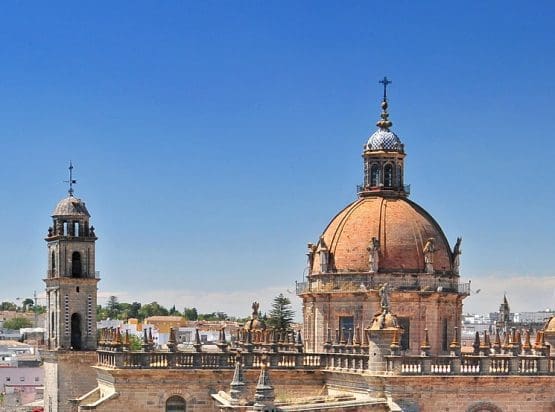 A remarkable journey - from humble origins to world-class refinement. Discover the Sherry Triangle's revival, where Brandy de Jerez competes with aged Cognacs. Read more
A remarkable journey - from humble origins to world-class refinement. Discover the Sherry Triangle's revival, where Brandy de Jerez competes with aged Cognacs. Read more -
 Explore the heritage of Málaga wines, from sweet classics to emerging dryer styles. Discover flavors, history, and exciting developments in Ronda. Read more
Explore the heritage of Málaga wines, from sweet classics to emerging dryer styles. Discover flavors, history, and exciting developments in Ronda. Read more -
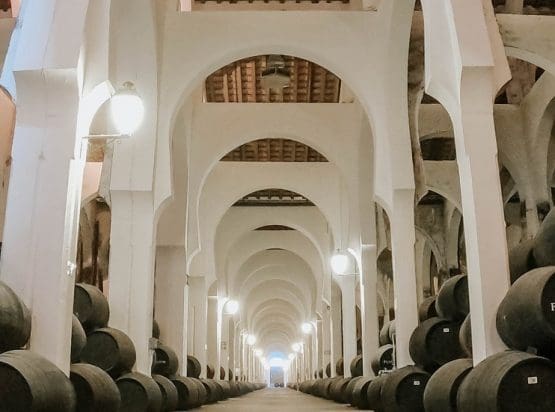 Explore Spain's Sherry Region: detailed wine guide with tasting notes, vineyard insights, & pairing tips. Dive into Andalusia's best-kept secrets. Book Now! Read more
Explore Spain's Sherry Region: detailed wine guide with tasting notes, vineyard insights, & pairing tips. Dive into Andalusia's best-kept secrets. Book Now! Read more
Highlights
-
Restaurante Bardal (2 Michelin stars)
Chef Benito Gómez, a visionary chef blending Catalan techniques with Andalusian flavors, transforms traditional dishes with subtle contrasts and textures, steering clear of gimmicks and labels. Indulge in his 18 or 21-course tasting menu, thoughtfully paired with local wines, and finish with an exquisite selection of Andalusian cheeses.
-
Tapas
The sheer volume of cafes, restaurants, and bars in Ronda is enormous considering the city’s size, but your first port of call must be the delightful tapas bars in the city’s new part, known as “El Mercadillo.” Andalucía can lay claim to inventing the custom of offering Tapas to customers, and legend states that bartenders would cover glasses with a saucer or tapa (lid) to keep out flies. The custom progressed to chunks of cheese, or a few olives, placed on a platter to accompany a drink. Some of Ronda’s better restaurants are located away from the touristy Plaza de Espana area. Try Doña Pepa for classic, hearty Ronda cuisine.
-
Santa Maria La Mayor Church
This beautiful church stands on the site of Ronda’s main mosque. Its tower reveals the building’s Islamic origins, and just inside the church entrance is an arch covered with Arabic inscriptions. It is a fascinating mix of architectural styles. The church was begun in the Gothic style, but as the building went on over the centuries, tastes changed to the Renaissance style and, finally, Baroque in the northern end.
-
Palacio de Mondragon
Built for Abomelic, ruler of Ronda, in the 14th century, the palace was altered soon after the Christian conquest. History records that the Monarchs Isabel and Fernando stayed there at some point. Highlights include the patio Mudejar, from which a horseshoe arch leads to a cliff-top garden with stunning views. Some palace rooms also house a museum on prehistoric life in the Ronda area.
-
Museo del Bandolero
A fascinating museum dedicated to the banditry for which central Andalucía, including the Ronda area, was once renowned.
-
La Ciudad
Ronda’s old town is a living museum of the city’s Muslim past and a must-see for any visitor. Although most Muslim buildings have been modified over the centuries, it still retains the character of a typical old Muslim town. Enjoy wandering through the cobbled alleyways and marvel at the barrios, beautiful churches, and whitewashed buildings.
Recommended for you
More information
If you would like us to customize an exclusive luxury tour, contact us and let us know your travel plans. We offer luxury food and wine tours for private groups of a mininium two guests. In addition, all of our private, chauffeured tours are available year-round upon request.

